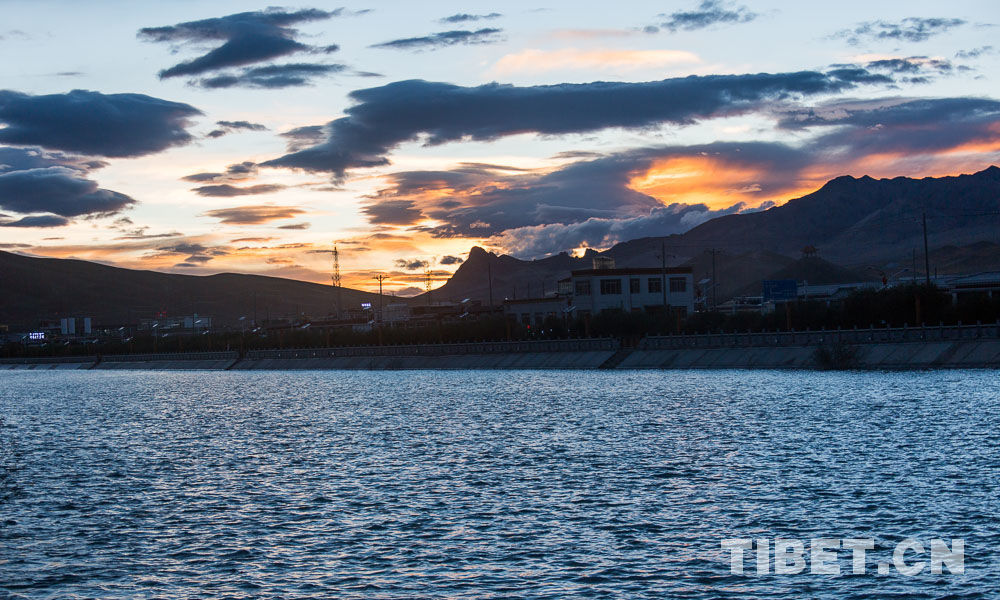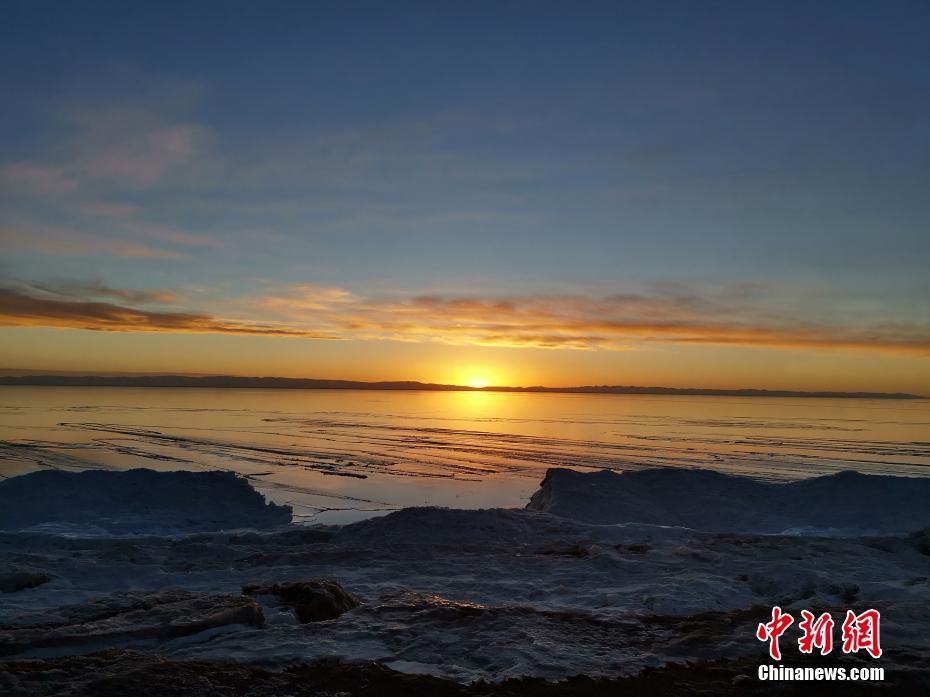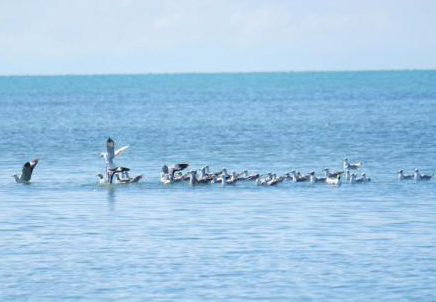China's largest saltwater lake to attract more visitors as ice melts
China's largest inland saltwater lake is expected to attract a large number of tourist as ice begins to melt on the lake surface.
The Qinghai Lake, situated in northwest China's Qinghai province, goes into a "frozen period" every mid-December and completely melts in mid-April.
"The west side of the lake and several rivers to the lake's north are beginning to melt," said Wu Yonglin, with the protection station of the southern bank of the Qinghai Lake National Nature Reserve.
As the frozen period is over, the lake surface's ice begins to thin, break and melt, and the lake typically turns itself from an icy land into vast green water. As temperatures rise, some icy layers are broken by ferocious winds and pushed to the shore. The view often attracts many visitors.
Dubbed as the "most beautiful lake in China," Qinghai Lake plays an important role in the ecological security of the Qinghai-Tibet Plateau. The lake had been shrinking since the 1950s, but combined effects of conservation and changes to the regional climate turned things around in 2005.
Tibet Stories

Changes: not just a leap from chalk to digitization
"From white chalk to digitization, what really reassures the parents is not the hardware of ...







